A Voice that Transcends: Delving into Aruna Sairam’s Passion for Carnatic Music
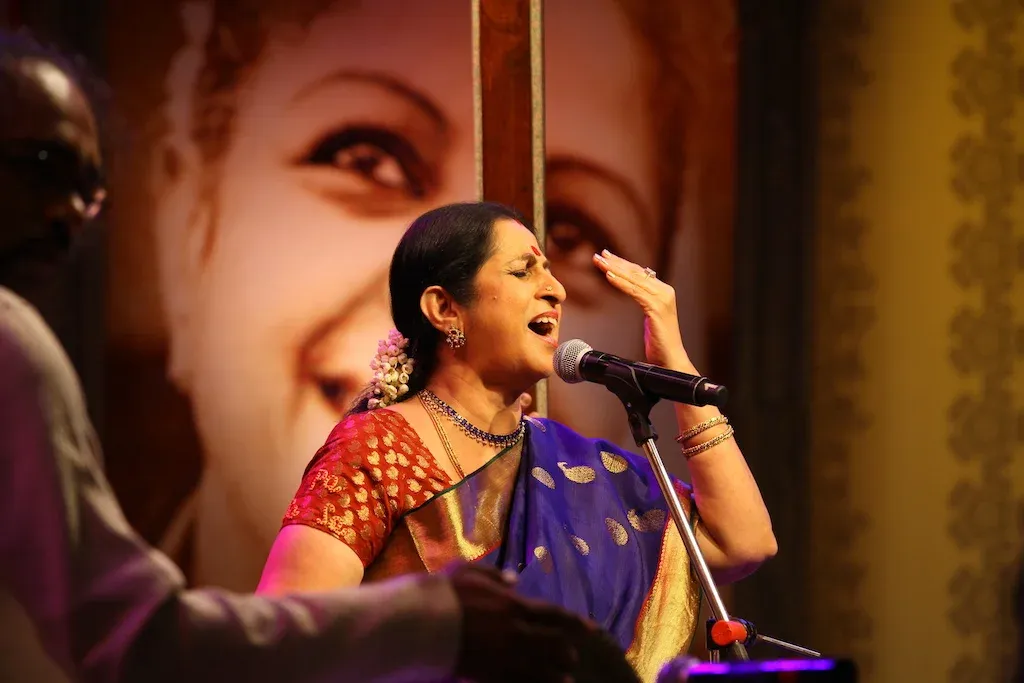
Aruna Sairam, a recipient of the prestigious Padma Shri award and renowned Sangita Kalanidhi, represents a lineage deeply rooted in the rich tradition of South Indian Carnatic classical music. Her musical journey began under the tutelage of her mother, Rajalakshmi Sethuraman, and later flourished under the guidance of the legendary T. Brinda, a sixth-generation master from a revered lineage of women singers in Tanjore.
As an acclaimed vocalist, composer, collaborator, mentor, humanitarian, and speaker, Aruna Sairam’s illustrious career has earned her recognition as one of the most remarkable voices in South Indian music. Her rare blend of resonance and range, coupled with her unusual timbre, lends her voice a unique character that evokes deep emotions and establishes a soulful connection with her listeners, transporting them to a realm of unity with the universe.
Beyond her musical prowess, Aruna is deeply committed to the musical education of underprivileged students. She selflessly contributes the proceeds from her concerts to important causes, such as supporting cancer hospitals and providing medical facilities in remote villages of Tamil Nadu. Her philanthropic spirit and dedication to social causes shine through her performances.
Aruna’s musical expression goes beyond linguistic boundaries, embracing diverse poetic traditions and incorporating elements of folk music. This openness has led to extraordinary collaborations with internationally acclaimed musicians, including Dominique Vellard, a renowned exponent of Gregorian chant, and tabla maestro Ustad Zakir Hussain.
Recently, the Government of France honoured Aruna with the prestigious Chevalier award, reserved for individuals who have demonstrated exceptional achievement and service to society.
In this exclusive interview, Aruna Sairam graciously shares her insights, experiences, and aspirations as a torchbearer of Carnatic classical music. We delve into her artistic evolution, her exploration of new directions and collaborations, and her vision for the future of Carnatic music in India and abroad.
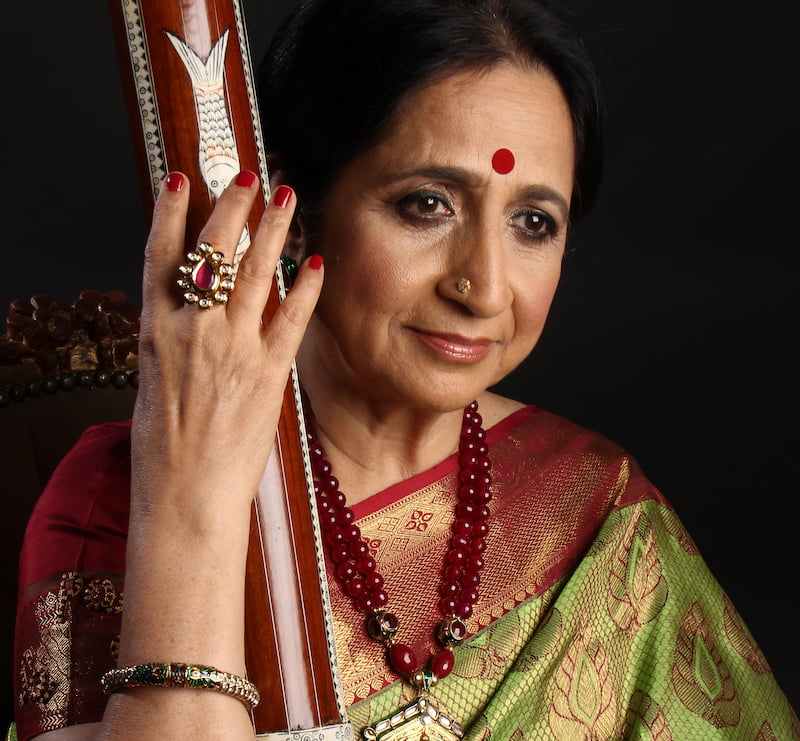
Serenade Team: What inspired you to pursue a career in Carnatic music, and how did you develop your unique style and voice?
Aruna Sairam: I was fortunate to be born into a family where both my parents shared a deep passion for music, which set me on the path of Carnatic music. My mother, who received formal training from renowned masters, became my first teacher. From a young age, I underwent rigorous training, starting my day with vocal exercises and learning various pieces from my mother and fellow students. It was an organic process of absorbing music throughout the day. My parents’ gentle encouragement and the nurturing environment they provided kept me engaged in music without being too demanding. I consider myself incredibly fortunate to have experienced such a supportive upbringing. Sometimes, life guides you towards things even when you haven’t consciously chosen them.
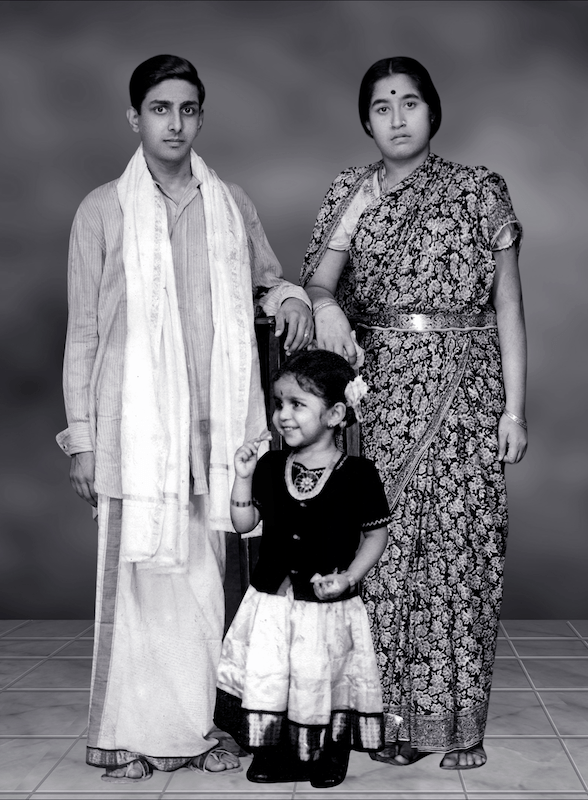
ST: What are some positive developments and emerging trends in Carnatic music that are helping to expand its reach beyond South India and attract a more diverse audience?
AS: We are witnessing an influx of young artists from diverse backgrounds embracing Carnatic music as a full-time profession. It’s fascinating to see talented individuals, raised in non-South Indian cities or even outside India, receiving training in Carnatic music and establishing themselves as professional singers. This trend is encouraging for the growth of Carnatic music.
Furthermore, there is a growing interest in Carnatic music among non-South Indians in India as well as in Europe. In my own experience, I have performed for European audiences who appreciate Western classical music and also show a strong affinity for the classical traditions of Carnatic and Hindustani music. In India, I have observed a rising number of non-South Indian attendees at Carnatic concerts, which brings me immense joy.
To address the challenge of expanding the reach of Carnatic music, it is important to continue promoting and showcasing its beauty to diverse audiences. Encouraging more young artists from different backgrounds to learn and excel in Carnatic music can also contribute to its growth. Additionally, creating platforms and opportunities for collaboration between Carnatic musicians and artists from other genres can help attract a wider audience and create fresh and innovative expressions within the Carnatic music tradition.
ST: How did your journey of connecting with the audience and incorporating your own personality into traditional Carnatic compositions transform your approach to performing and interpreting the music?
AS: During my early training in Carnatic music, I followed a conservative and traditional approach under the guidance of my mother and guru, Thanjavur Brinda. However, I eventually realized that I needed to go beyond simply preserving the legacy and connect more effectively with the audience. This realization led to a shift in my approach. I learned to step into the shoes of the audience while performing, understanding their perspective and needs. By doing so, I discovered that I could still remain faithful to the traditional compositions while incorporating my own personality and connecting with the audience on a deeper level. It required a heightened awareness and a willingness to be my most authentic self on stage.
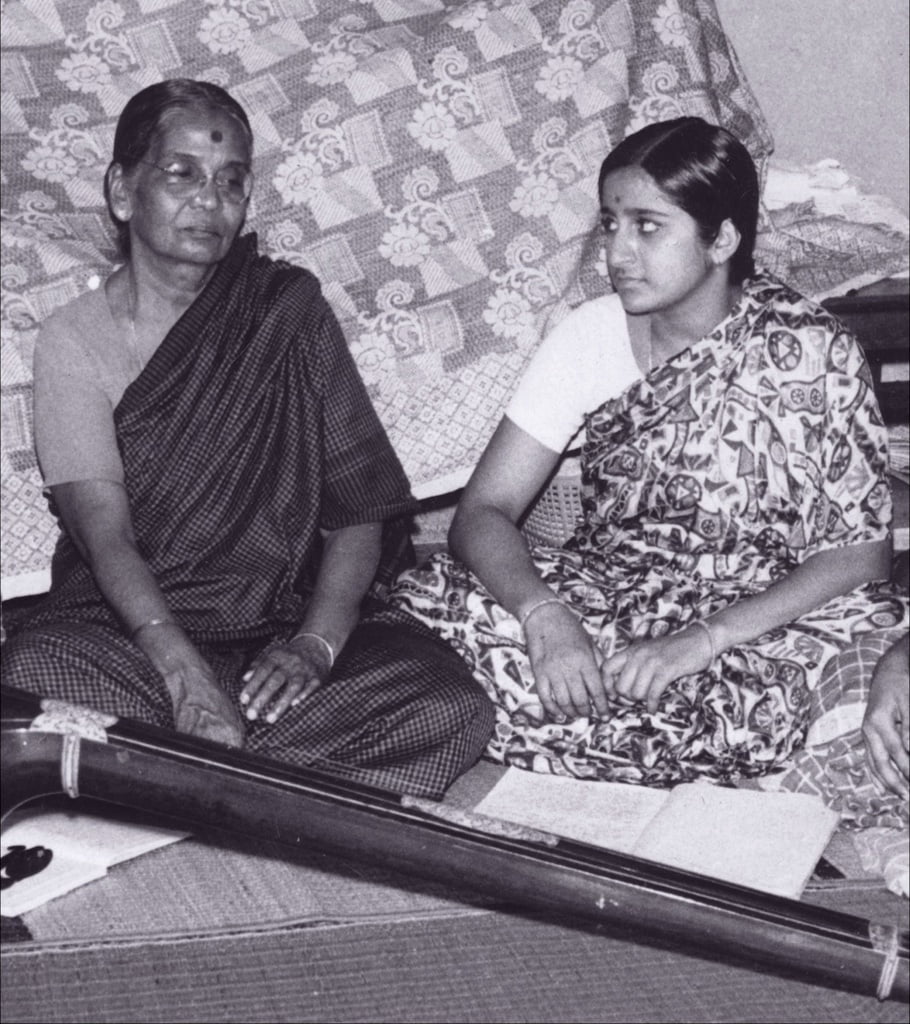
I realized that aspects of my personality, such as my love for people, conversations, food, and street music, were an integral part of who I am. Suppressing these elements would mean concealing a significant part of myself from the audience. Instead, I embraced my true self and presented a more holistic and genuine performance that resonated with both the traditional compositions and modern audiences. In this journey, I have found immense joy and fulfillment, as I continue to explore the wonderful possibilities of interpreting and performing Carnatic music.
ST: What role do you think music can play in promoting cross-cultural understanding and dialogue, and how do you incorporate this idea into your work as a cultural ambassador?
AS: In my journey as a musician, I have discovered the power of music in promoting cross-cultural understanding and dialogue. Through my travels, encounters with diverse musicians, and immersion in different musical traditions, I have gained a deeper understanding of myself and my role as an artist. During my time in Germany, attending operas and live concerts featuring renowned composers, I realized the transformative impact of music. I also had the privilege of collaborating with Dominique Vellard, a practitioner of medieval and liturgical chants, resulting in concerts that blend our styles. Interestingly, the pieces we performed together have now become part of my solo repertoire in India, showcasing the universality of music.
Whether it’s an ancient composition by Adi Shankaracharya or an Italian chant, the underlying essence remains the same. The ragas, melodies, and emotions transcend cultural boundaries, connecting people on a profound level. These experiences have allowed me to recognize that despite our cultural differences, human aspirations are universal. Music has the power to convey our shared desires for peace, joy, self-love, and love for others. I incorporate these ideas into my work, using music as a medium to bridge cultural gaps, foster understanding, and promote a sense of unity among diverse audiences.
ST: What advice would you give to young musicians who are interested in pursuing a career in Carnatic music, and what skills and qualities do you think are most important for success in this field?
AS: To young musicians interested in pursuing a career in Carnatic music, I would advise embracing qualities of adventure, enterprise, and curiosity. It’s inspiring to see their dedication and focus, along with their understanding of electronic and digital media for growth. One crucial aspect to remember is that a concert is a collective effort. It’s not just the vocalist, instrumentalist, or sound person who shapes the experience, but the combined contributions of the entire team. Accompanying artists and performers must work together as a cohesive unit.
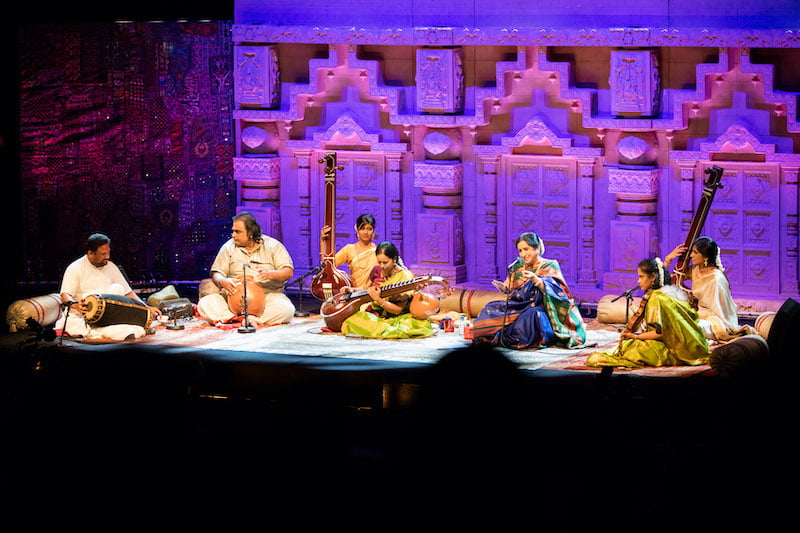
The ultimate goal is to create a concert experience that leaves the audience saying, “Wow, what an experience!” This signifies a successful performance where the team functions harmoniously. Additionally, the audience should leave with something meaningful—a lasting impression or emotional connection that they will cherish. By embracing these principles and embodying them in performances, success will naturally follow.
ST: How has your music evolved over the course of your career, and what new directions or collaborations are you currently exploring?
AS: Throughout my career, my music has undergone significant evolution as I constantly explore new directions and engage in collaborations with diverse artists. One memorable collaboration was with Christian Bollmann and Michael Reimann, where we ventured into neoclassical music and incorporated traditional chants like the Lalita Sahasranama into our performances. We even utilized unique instruments like the grand organ and didgeridoo, creating remarkable and spontaneous pieces. I feel fortunate to have encountered talented artists throughout my journey, and I continue to seek collaborations with musicians from different backgrounds. Recently, I had the pleasure of performing alongside Rakesh Chaurasia, Patri Satish Kumar, Satyajit Talwalkar, Gino Banks, Giridhar Udupa, Bruthva Caleb, Varaun Pradeep and Antara Nandy, all young and brilliant musicians, in a diverse ensemble. Together, we explored the possibilities that emerged from our collective musical expressions.
Building connections and understanding among collaborating musicians is essential to me. I believe in investing time and effort, getting to know each other on a personal level, and spending dedicated time together as artists. This allows for deeper musical experiences and expressions to emerge on stage. These collaborations are like conversations, a musical dialogue between distinct individuals, resulting in something profound and meaningful.
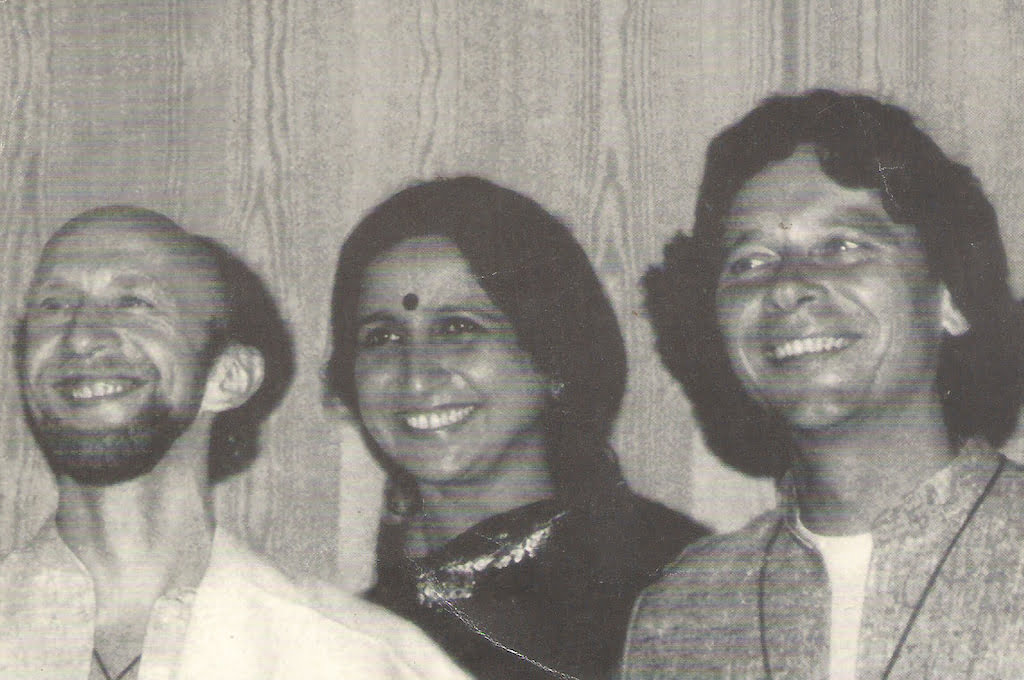
ST: How do you see the future of Carnatic music, both in India and abroad, and what do you hope to contribute to its continued growth and development?
AS: When it comes to the future of Carnatic music, I approach it with a mindset of taking each day as it comes. My only wish is to be able to sing for as long as I can. I want to continue meeting and collaborating with talented musicians and sharing my music. I don’t plan extensively. Much of what has happened in my career has been a result of divine grace.
However, I am ambitious in the sense that I want more and more people to listen to Carnatic music and derive enjoyment from it. Carnatic music is the music of the people; it is not confined to an elite or scholarly audience. Its roots lie in the experiences and lives of everyday people. For instance, the great composer Tyagaraja, who is a legend in Carnatic music, lived a simple life as a mendicant. He would go from door to door, singing and collecting alms to sustain himself and his family. He deliberately chose this path to connect with people, to understand their emotions and experiences, and to enrich his music through those encounters.
In that spirit, I believe Carnatic music should be accessible to everyone, whether or not they have prior knowledge or initiation into the art form. My ambition is to bring Carnatic music to a wider audience, to make it relatable and enjoyable for people from all walks of life. This is the essence of my vision for Carnatic music.





